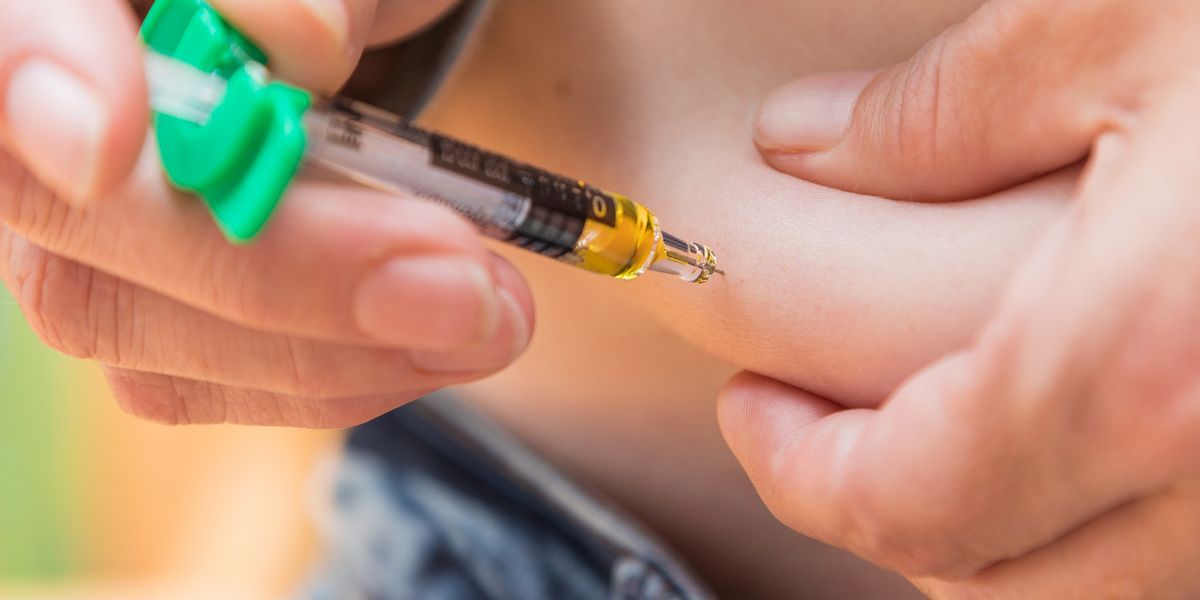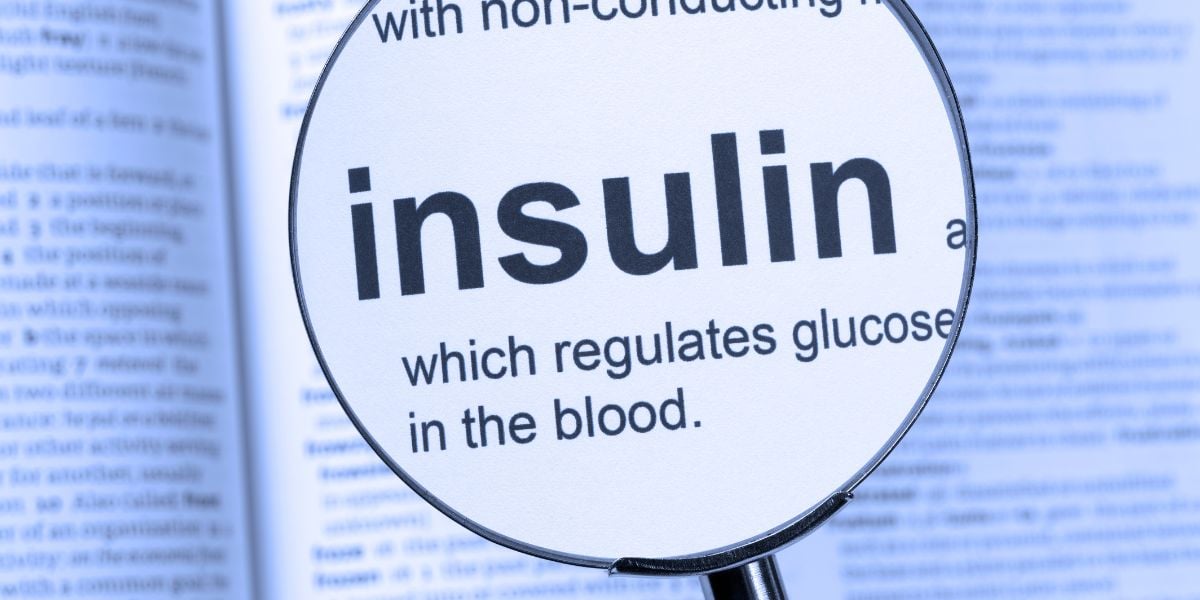Human insulin is the name which describes synthetic insulin which is laboratory grown to mimic the insulin in humans.
Human insulin was developed through the 1960s and 1970s and approved for pharmaceutical use in 1982.
Before human insulin was developed animal insulin, usually a purified form of porcine (pork) insulin, was used.
How is human insulin produced?
Human insulin is laboratory created by growing insulin proteins within E-coli bacteria (Escherichia coli).
What types of human insulin are available?
Human insulin is available in two forms, a short acting (regular) form and an intermediate acting (NPH) form.
NPH (Neutral Protamine Hagedorn) insulin, also known as isophane insulin, is a suspension meaning that the insulin vial should be rolled or repeatedly turned upside down to ensure the solution is uniformly cloudy.
Some examples of human insulin:
- Regular (short acting): Humulin S, Actrapid, Insuman Rapid
- NPH (intermediate acting): Humulin I, Insuman basal, Insulatard
- Premixed human insulins: Humulin M2, M3 and M5, Insuman Comb 15, 25 and 50
What are premixed human insulins?
Premixed insulins consist of a mix of regular and NPH insulin. The premixed insulins are available in a number of different ratios of mixing.
For example Humulin M3 is a mix of 30% short acting to 70% intermediate whereas Humulin M5 is made up of 50% of both short and intermediate acting.
In recent years there has been a trend to replace human insulins with newer premixed analogue insulins
How quickly do human insulins act?
Short acting (regular) insulin starts to act from about 30 minutes after injecting, with their peak action occurring between 2 and 3 hours after injecting. The duration is up to 10 hours.
Intermediate acting (NPH) insulin takes about 2 to 4 hours to start acting, has its peak activity between 4 and 10 hours and has duration of up to 18 hours.
Read further on the actions of insulin
Benefits and disadvantages of human insulin
Human insulin was welcomed in the 1980s as it meant insulin could be created in large amounts at a relatively low cost.
It has been reported that human insulins may lead to side effects such as hypo unawareness , tiredness and weight increase that may not be found when taking animal insulins, however, as yet there hasn’t been conclusive researc to either back up or knock down the claim.
The history of human insulin
Human insulin is more recent than animal insulin – coming almost 50 years after animal insulin was first used.
1975
In 1975 human insulin was successfully synthesised by a team lead by Dr Teusche at the Ciba-Geigy in Basel, Switzerland.
1982
The first synthetic human insulins were approved by the US FDA (Food and Drug Administration) for pharmaceutical use in 1982. The insulins, produced by Eli Lilly & Co were Humulin R (regular) and Humulin N (NPH).
1990s
In the 1990s a newer form of human insulins, called analogue insulin, were produced. Analogue insulins allowed for short acting insulins to act more rapidly and longer acting insulin to have, what is termed as, a flatter profile.
In other words, the insulins do not have much of a peak action and therefore act more consistently over their duration.









